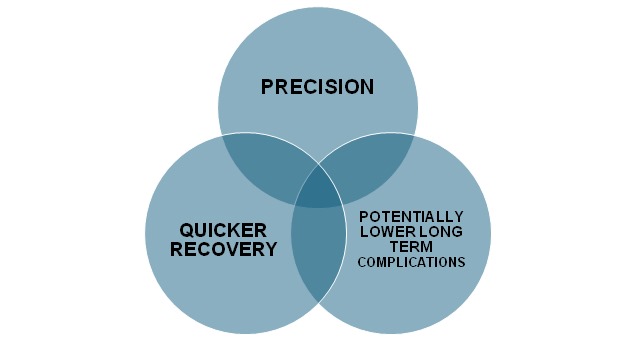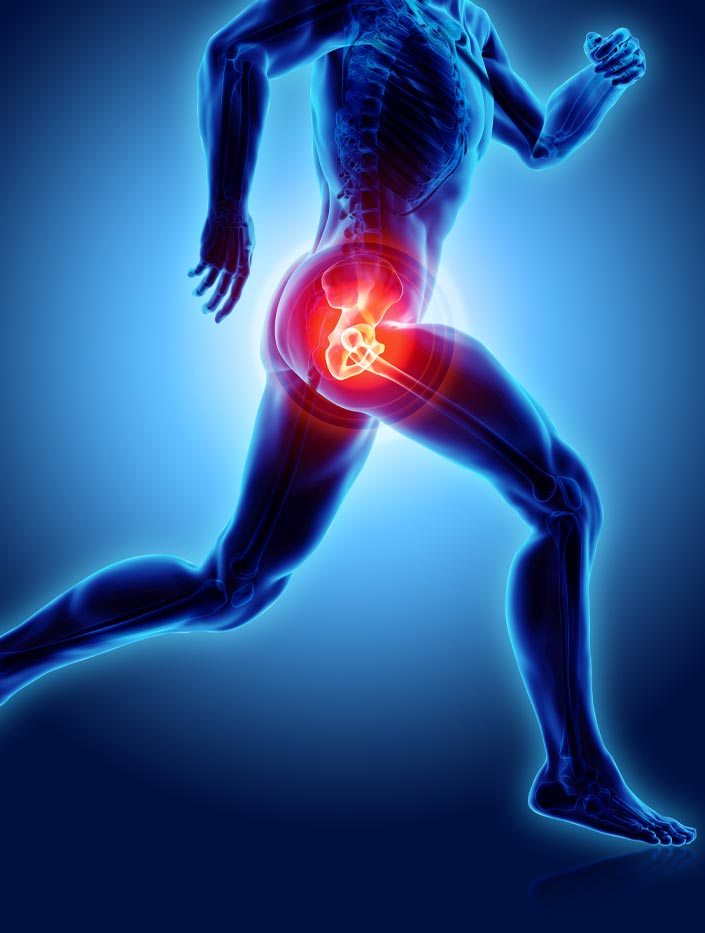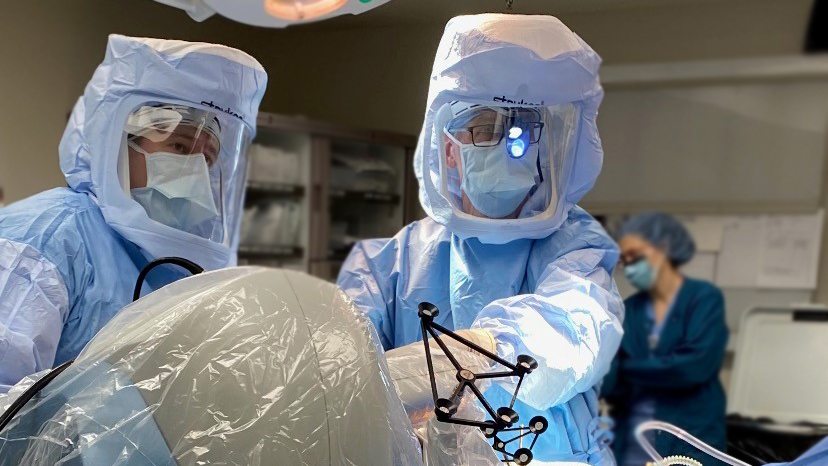Book Appointment
Fillup the form to make an appointment with the doctor
Hip Replacement Robotic Hip Replacement

Hip replacement surgery has been named as the surgery of the last century. One of the important determinants of long term functional improvement in THR is the accurate positioning of the cup of the acetabulum to that effect using a robot will help us achieve that target.

The primary advantage of robotic hip replacement lies in the precision it offers. By using detailed pre-operative imaging and real-time intra-operative feedback, the robot helps the surgeon place the hip implant in the most optimal position. This precise placement is crucial for ensuring the longevity of the implant and minimizing complications such as dislocation or uneven wear. Studies have shown that robotic-assisted surgeries can result in better alignment of the hip components, which is associated with improved long-term outcomes.
Another significant benefit is the potential for personalized surgery. Since robotic systems create a 3D model of the patient’s hip, the surgery can be tailored to the individual’s specific anatomy. This customization helps in achieving a more natural range of motion post-surgery and may reduce the risk of complications. Moreover, the ability to plan and simulate the surgery in advance can also help in reducing the operative time, which in turn decreases the risk of infection and other complications associated with prolonged surgery.
Robotic hip replacement can also lead to quicker recovery times for patients. The precision of the procedure means less damage to surrounding tissues, which can reduce post-operative pain and expedite the rehabilitation process. Some studies have suggested that patients who undergo robotic-assisted hip replacement experience shorter hospital stays and faster returns to normal activities compared to those who undergo traditional surgery.

Despite its advantages, robotic hip replacement is not without challenges. One of the main concerns is the cost associated with the technology. Robotic systems are expensive to acquire and maintain, and the cost of surgery can be higher than traditional methods. Additionally, the learning curve for surgeons is another consideration. Surgeons need to be skilled not only in traditional hip replacement techniques but also in operating the robotic system effectively.
Another challenge is the potential for over-reliance on technology. While robots can enhance precision, they are not infallible, and technical issues can arise during surgery. Surgeons must be prepared to switch to traditional methods if the robotic system fails or if complications occur.